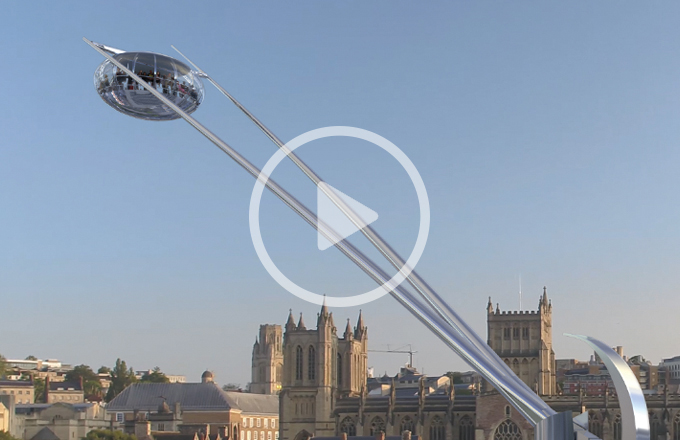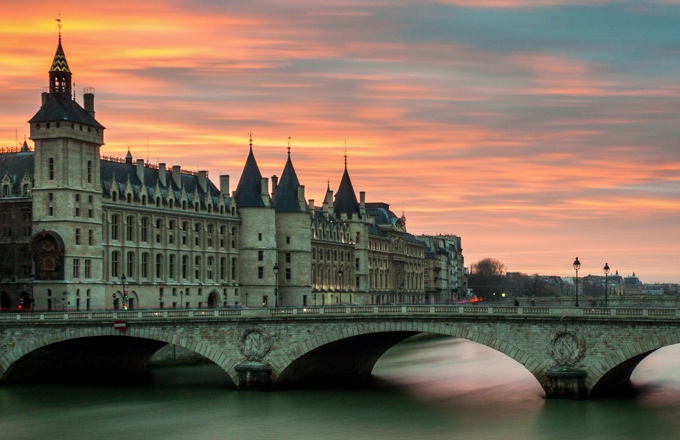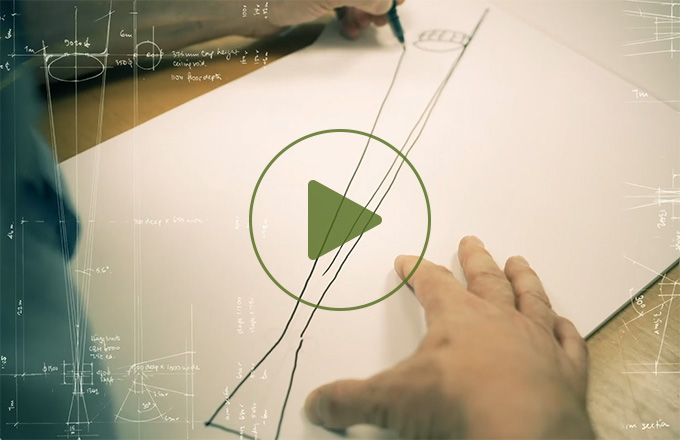Let the city tell its own story
As an architect, I was taught how to read a city from above. Geography and topography interact with human need and ingenuity to forge history, society and culture.
After the Great Recession in 2008 - because someone in America decided to lend money to people who could not repay (the clue was in the name - sub-prime)! - my architectural practice had to shrink from 65 staff to just 15. I took to wandering the city wondering how to turn derelict sites into development opportunities.
Having masterplanned developments and, in doing so, studied the city, I was struck, looking down from Lansdown, by how clearly the city's history was revealed from above: although virtually all the buildings had been replaced with Georgian, the grain of the higgledy-piggledy streets of the Mediaeval core within the city walls stood out because the replacements followed the street patterns. Outside the walls, the formal streets, squares, crescents and circuses of the Georgian expansion dominated the northern slopes of Bath's supposed seven hills.
It was such an eye-opener I wanted to show it to others. I considered a London Eye but felt it would spoil the view. In that instant, I pictured Arc - a beautiful glass cabin suspended from impossibly slender carbon-fibre masts, which would elevate passengers, reveal this fascinating view, gently pan the horizon and then descend, leaving nothing in the sky but memories.



